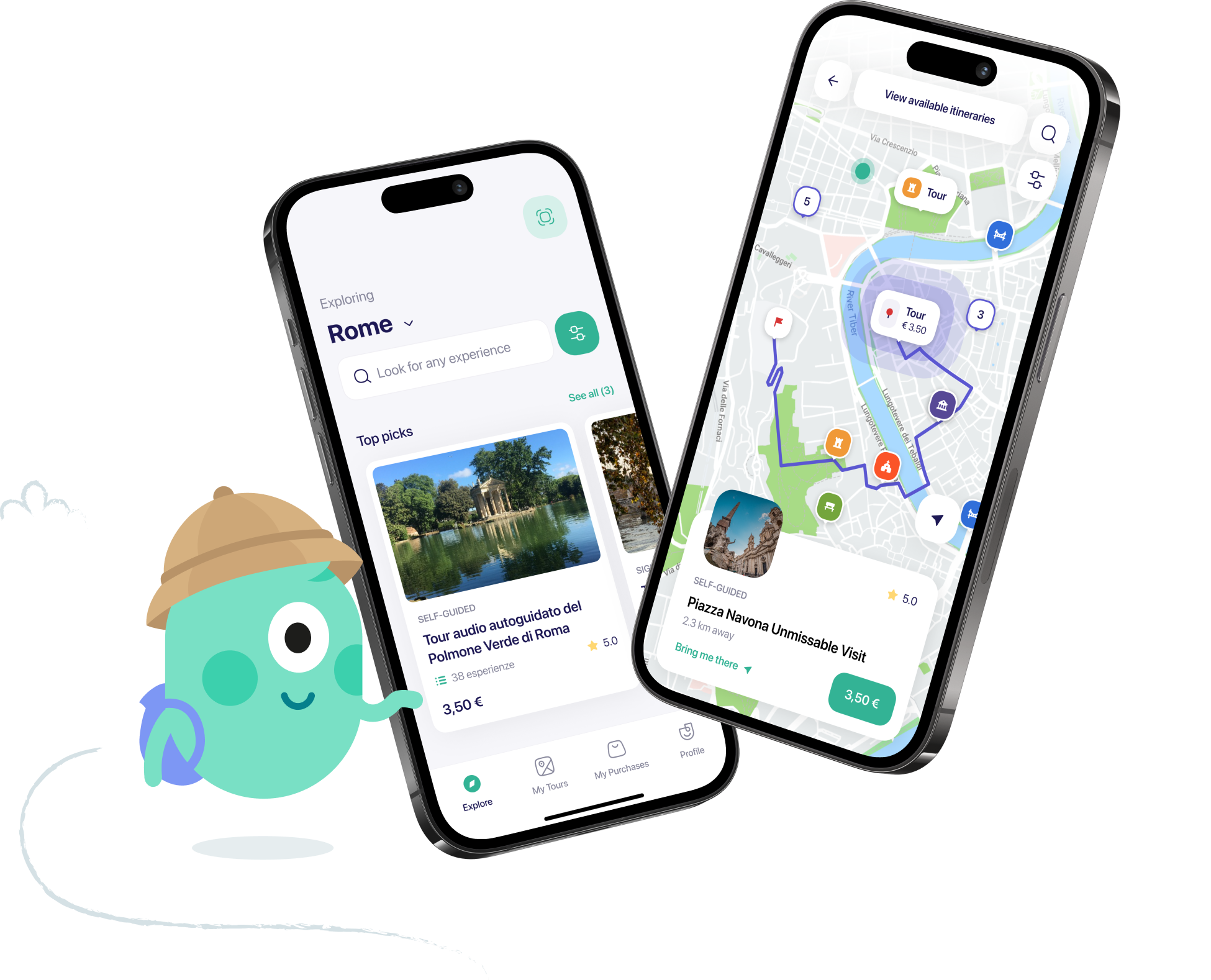The Discovery of St. Peter’s Tomb and The Vatican Necropolis
No one knew the tomb of Saint Peter until the archeological excavations began in 1940. The tomb was later discovered in 1950, and Pope Pius XII announced its discovery in his December 23, 1950, radio broadcast.
“Necro” means “dead,” and “polis” means “city.” During plans to expand the underground area for papal burials, archaeologists found out about the ancient necropolis beneath the basilica. St. Peter was crucified by Emperor Nero, but when his successor, Emperor Constantine, embraced Christianity, he built a church on St. Peter’s burial site to honor him. Archaeologists found a grave marked with the words, “Peter is here.”
The site has become a vital part of the pilgrimage, and visiting St. Peter’s tomb is not just a touristy thing to do; it is a deep spiritual journey. After your Vatican tour, you can explore the Colosseum in Rome, where gladiators once fought and emperors once ruled.
What Is the Scavi Tour?
Scavi tour is the official name of the St. Peter's Tomb tour, managed by the Vatican's Excavations Office. In the tour, you get to explore the underground necropolis, different Roman mausoleums, ancient frescoes, and the discovered St. Peter's tomb.
If you’ve ever wondered where is St. Peter buried, the answer lies beneath the grandeur of the basilica. The location is only accessible through a Scavi tour, which grants exclusive entry to the Vatican Necropolis.
Don’t miss the chance to uncover the roots of the Roman Empire with a Palatine Hill Audio Tour.













